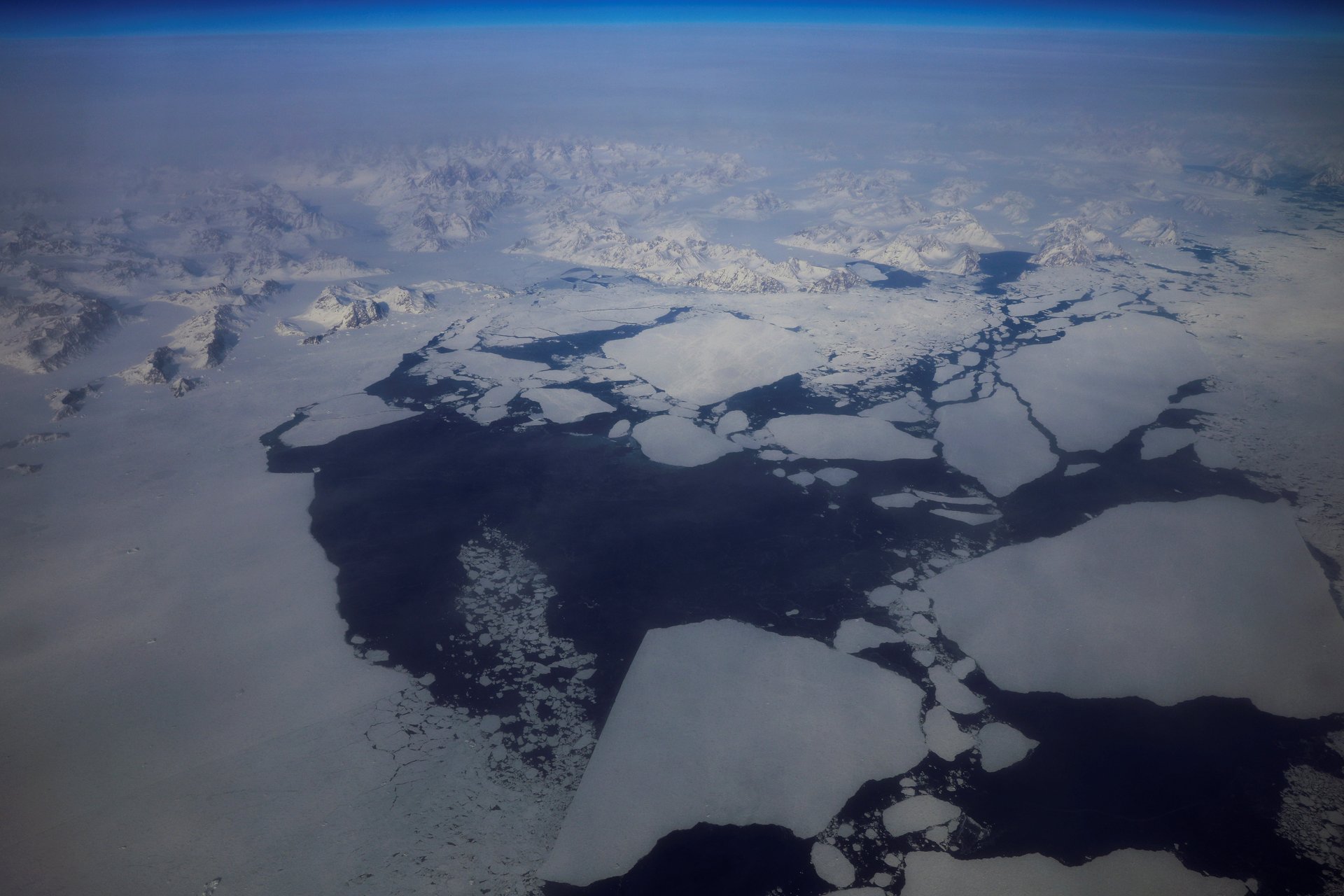In Greenland and Antarctica, supposedly “safe” ice is melting alarmingly fast
It’s been a bad week for ice. Last Tuesday, researchers announced that the Eastern Antarctic Ice Shelf—previously thought to be stable or even growing—is actually melting alarmingly fast. And yesterday (Jan. 21), a new study found that southwest Greenland—another area where ice was supposed to be safe—is dumping more meltwater into the ocean than any other region of the icy island.


It’s been a bad week for ice. Last Tuesday, researchers announced that the Eastern Antarctic Ice Shelf—previously thought to be stable or even growing—is actually melting alarmingly fast. And yesterday (Jan. 21), a new study found that southwest Greenland—another area where ice was supposed to be safe—is dumping more meltwater into the ocean than any other region of the icy island.
Both of these developments spell trouble for coastal communities threatened by rising tides.
“We’re going to see faster and faster sea-level rise for the foreseeable future,” Michael Bevis, lead author of the Greenland study, said in a statement. “Once you hit that tipping point, the only question is: How severe does it get?”
Greenland has long since been a major source of concern for scientists studying sea-level rise. But they used to think their biggest worries were the southeast and northwest regions, home to massive glaciers that crumble into icebergs when it gets too warm. The bergs drift out to sea and melt, adding water to the oceans. Southwest Greenland, on the other hand, doesn’t have many glaciers, so it doesn’t spawn many icebergs. But Bevis’s team found that during increasingly hot summers, growing rivers of meltwater have poured out of the southwest directly into the sea, accelerating ice loss. By 2012, Greenland was melting four times as fast as in 2003, according to the study, led by ice loss in the supposedly stable southwest.
Ninety-seven percent of the surface of Greenland’s ice sheet melted in 2012, a level of ice melt the island hasn’t seen since 1889, according to Kaitlin Keegan, a Dartmouth research associate who studies arctic ice. In a typical year, she says, summer temperatures max out at -14°C. But Keegan recalls the surreal feeling of doing fieldwork on the center of Greenland’s ice sheet in the summer of 2012, as temperatures climbed above freezing. “When the wind was still, you could go outside in a t-shirt,” she says.
It’s not clear exactly how much meltwater from unexpected areas like southwest Greenland should alter our predictions for sea level rise. But researchers aren’t optimistic. “Sea-level rise is an area of climate-change research where there are a lot of unknowns,” Keegan says. “But if you take ice mass off of Greenland and put it directly into the sea at a faster rate than anyone is modeling, that would imply that sea-level projections are maybe a little conservative.”
“This is just another indication that these changes aren’t projections into the future or things to worry about 20 years from now,” says Eric Klein, a geological science professor at the University of Alaska, who wasn’t involved with the study. “These changes aren’t distant—not in terms of time or space. If we lose ice mass from Greenland or Antarctica and seas rise, that will be felt globally, not just in the Arctic or the Antarctic.”